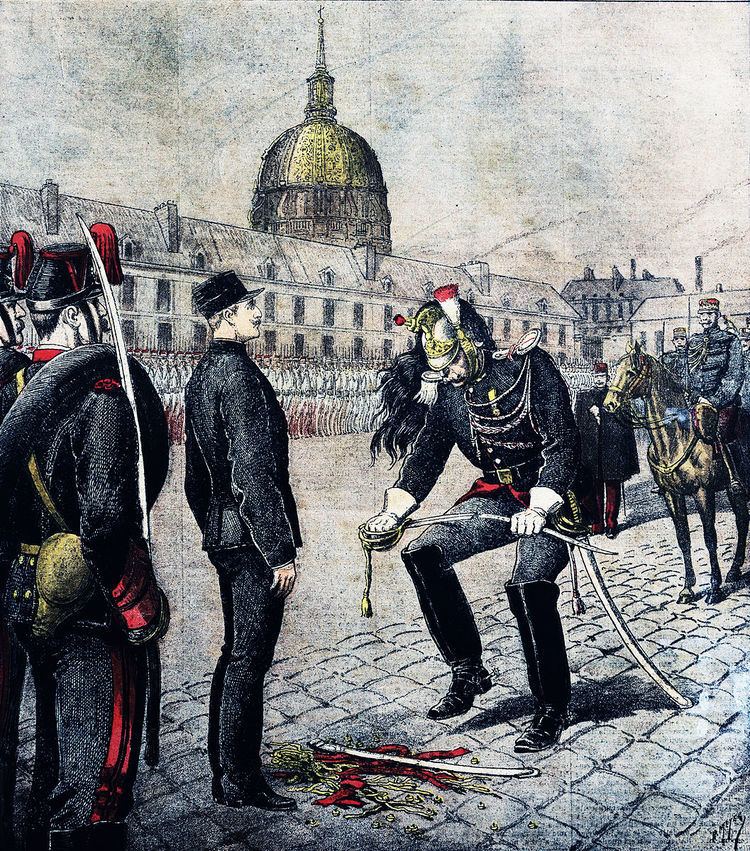 | ||
Categories BirthsDeathsBy countryBy topicEstablishmentsDisestablishments | ||
The 1890s, which began on 1 January 1890 and ended on 31 December 1899, were sometimes referred to as the "Mauve Decade" – because William Henry Perkin's aniline dye allowed the widespread use of that colour in fashion – and also as the "Gay Nineties", referring to the fact that it was full of merriment and optimism. The phrase, "The Gay Nineties," was not coined until the 1920s. This decade was also part of the Gilded Age, a phrase coined by Mark Twain, alluding to the seemingly profitable era that was riddled with crime and poverty. In the United States, the 1890s were marked by a severe economic depression sparked by the Panic of 1893, as well as several strikes in the industrial workforce. As of January 23, 2017, there is only 1 verified living person who was born in the 1890s.
Contents
Wars
Internal conflicts
Prominent political events
Technology
Science
Economics
Popular culture
Literature and arts
Film
Music
Sports
1896 saw the first edition of the modern Olympic Games.
World leaders
- Naser al-Din Shah Qajar, 1848–1896
- Mozaffar ad-Din Shah Qajar, 1896–1907
